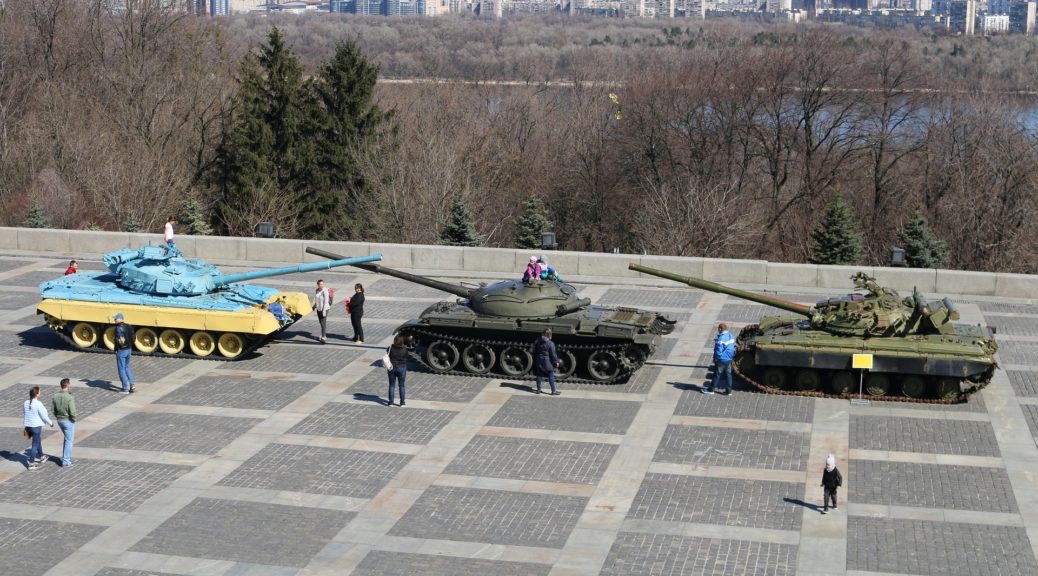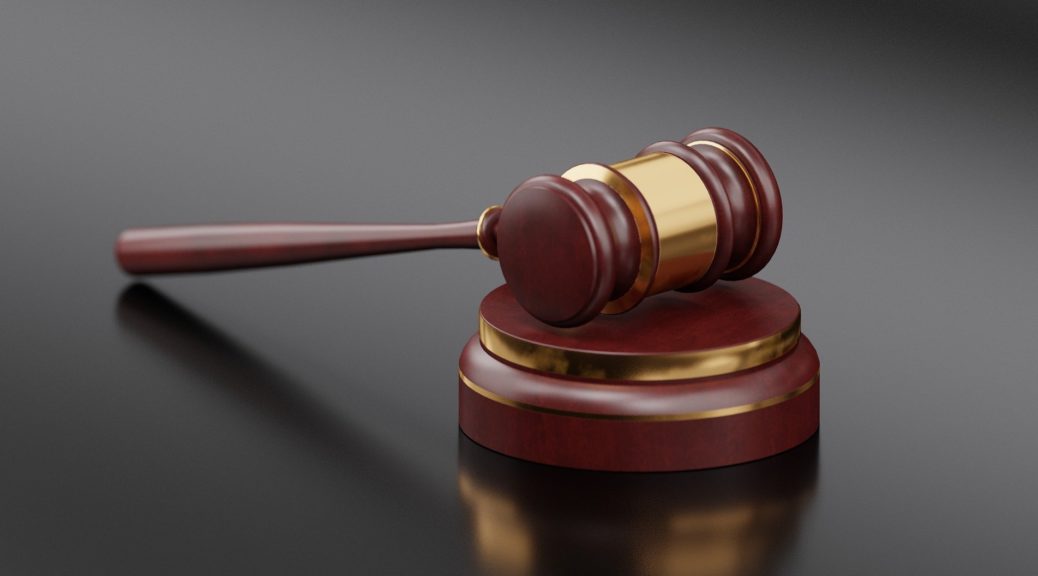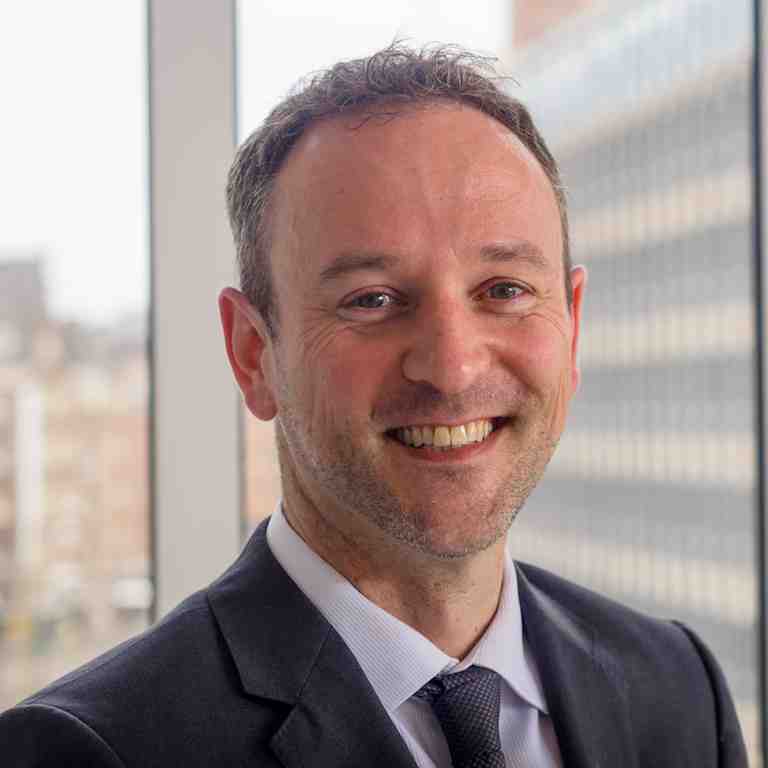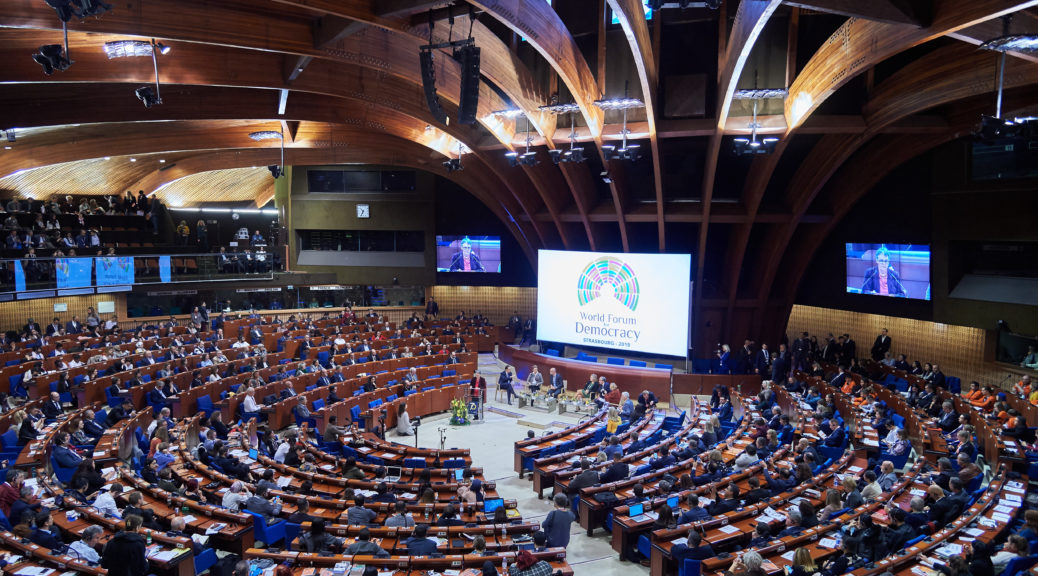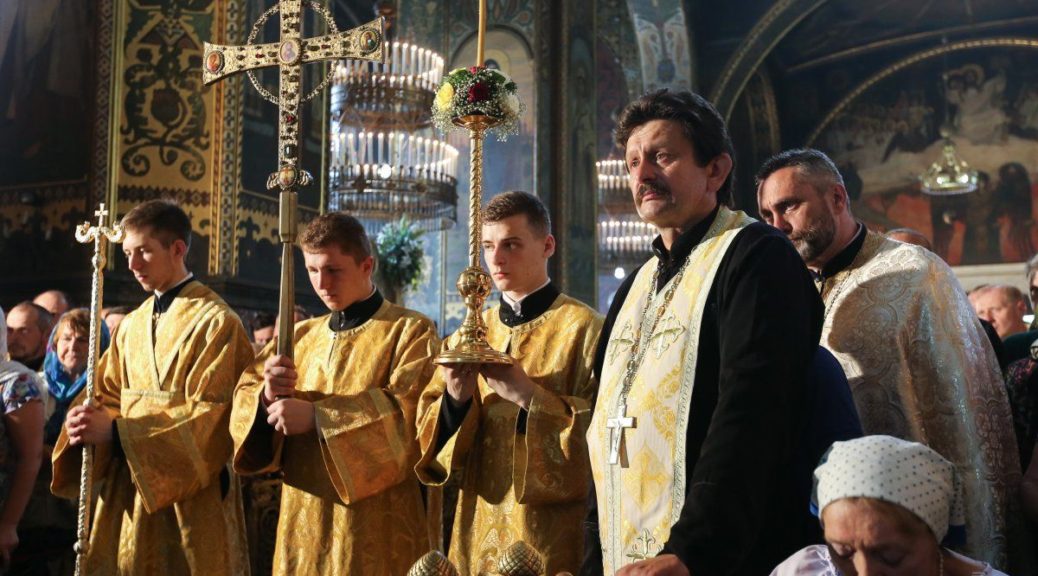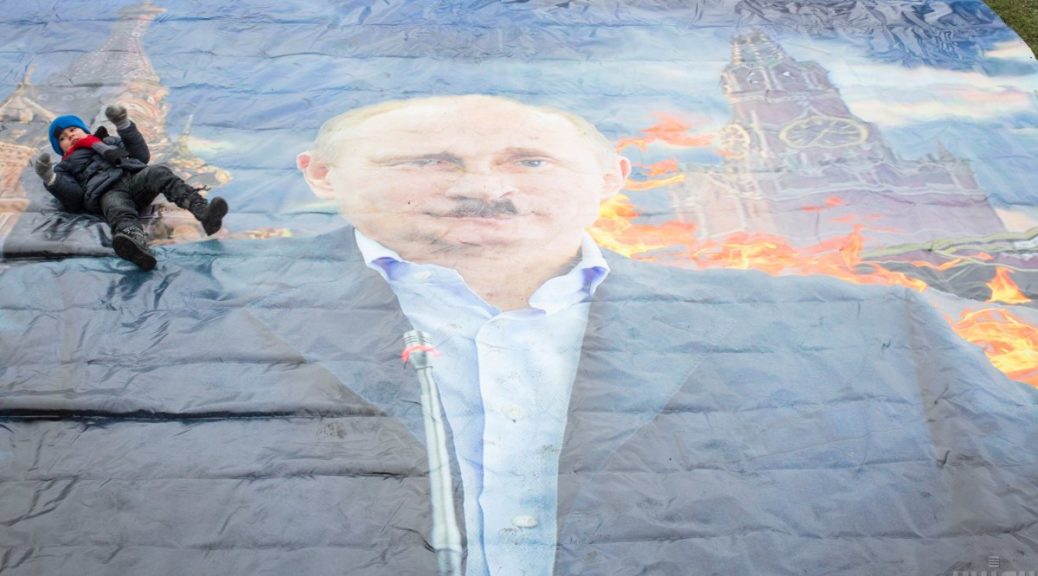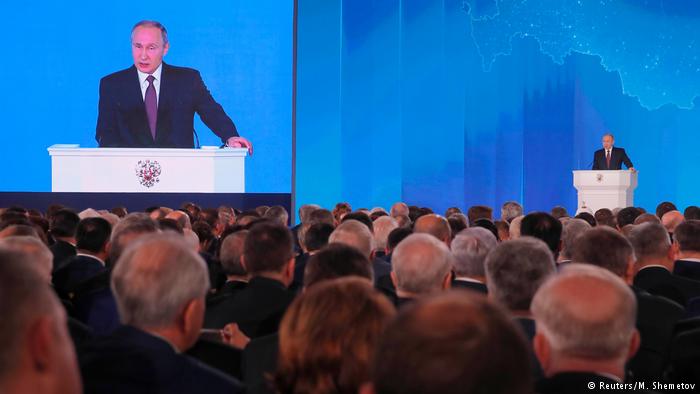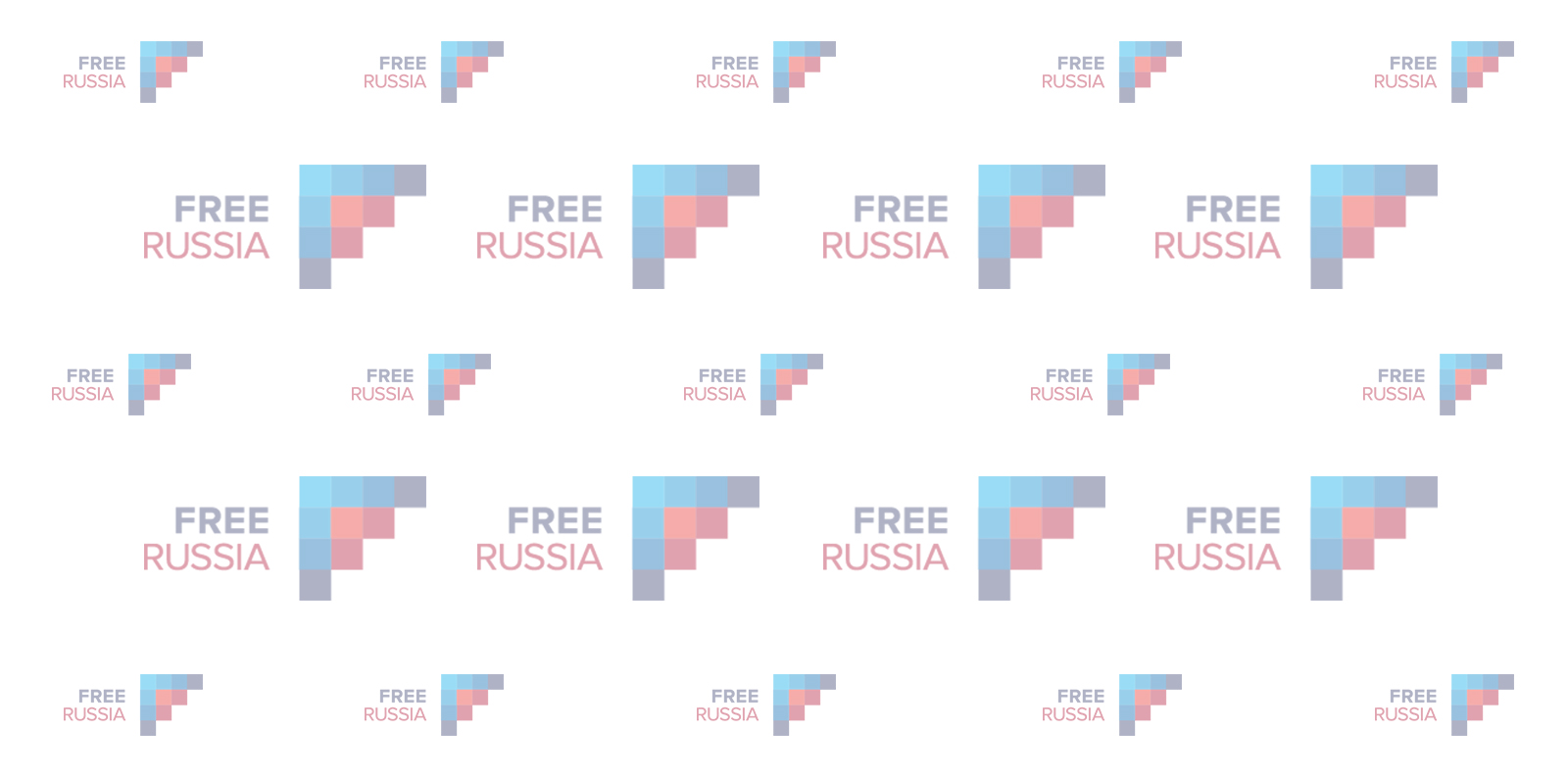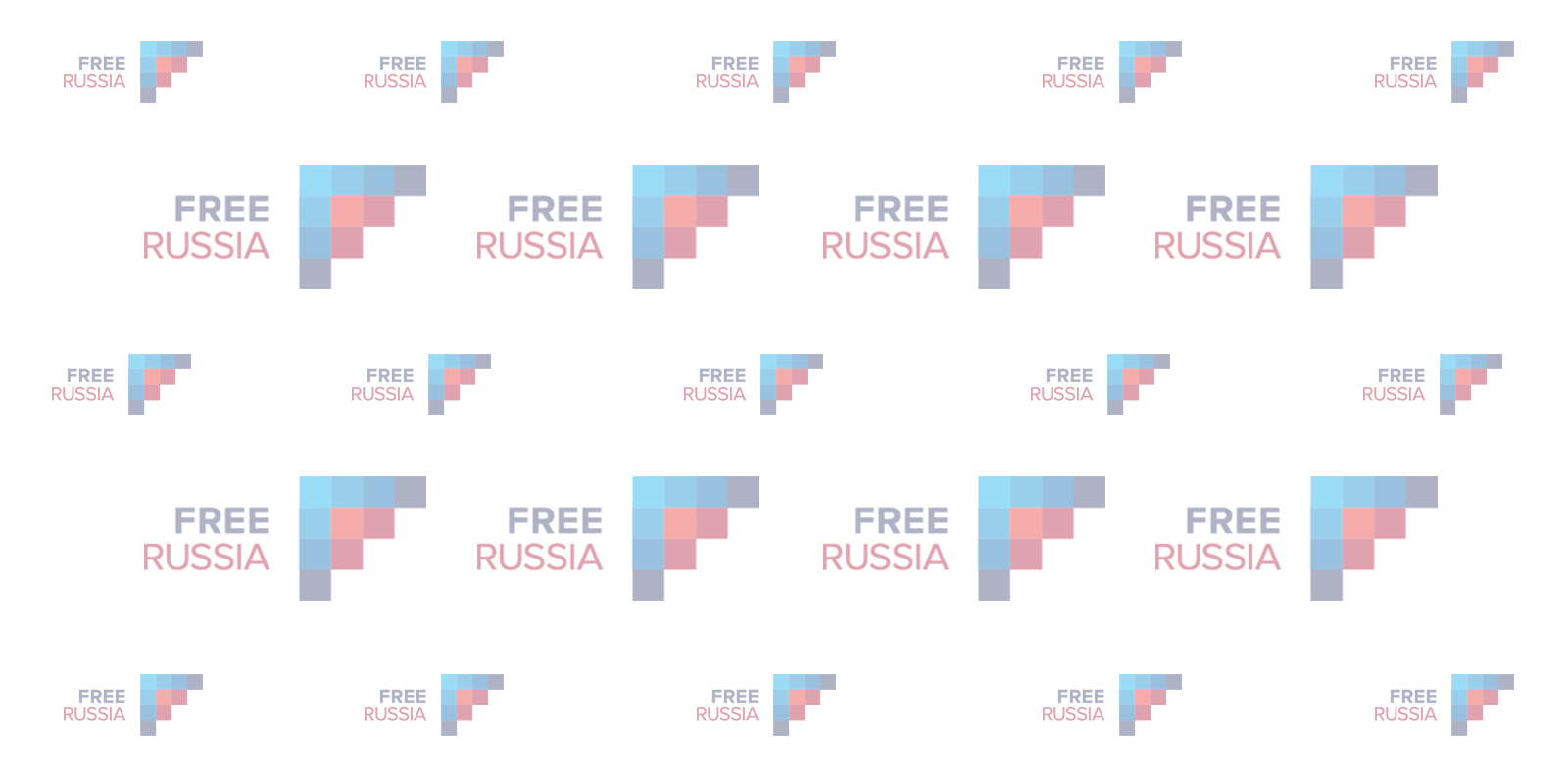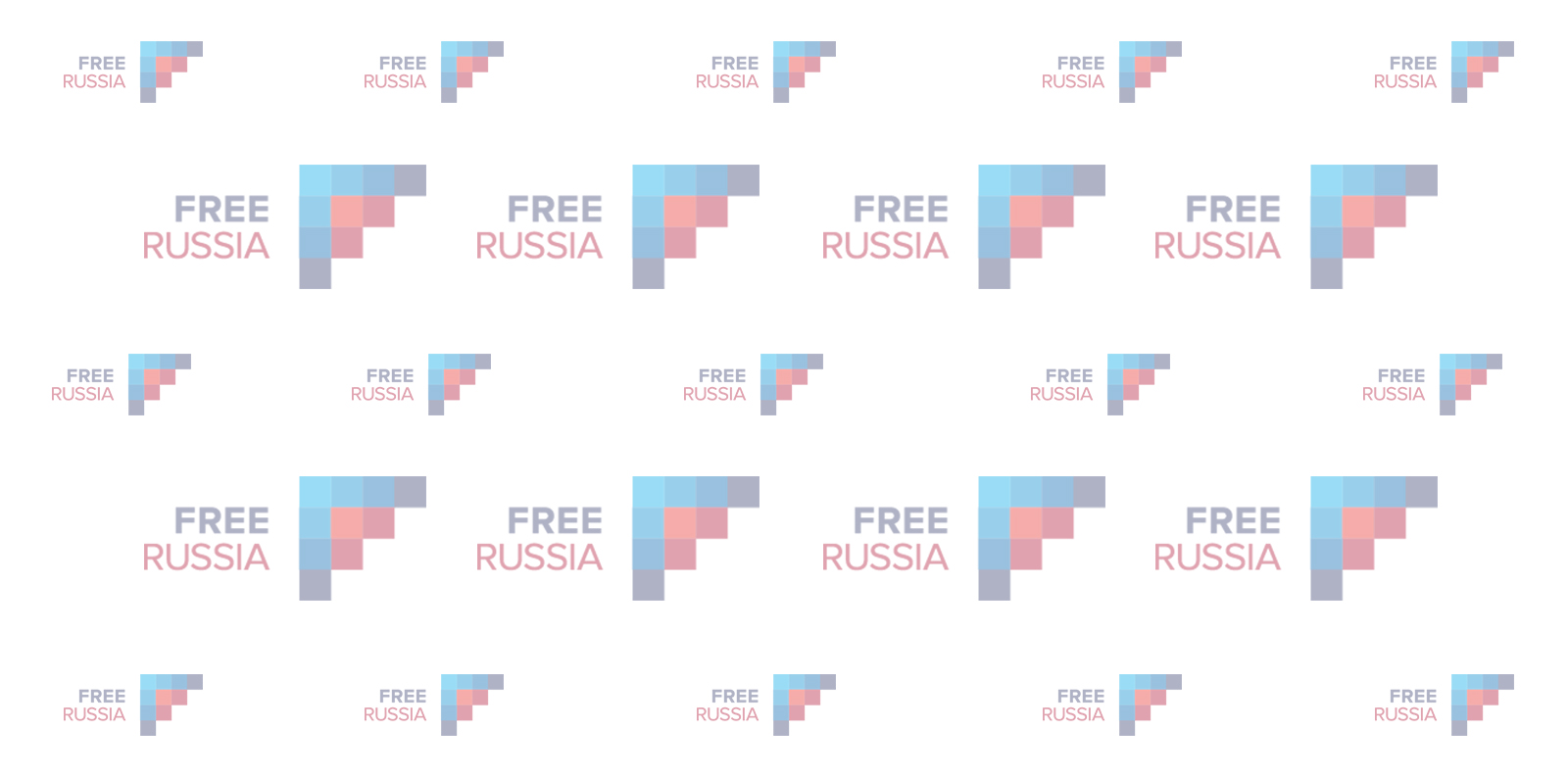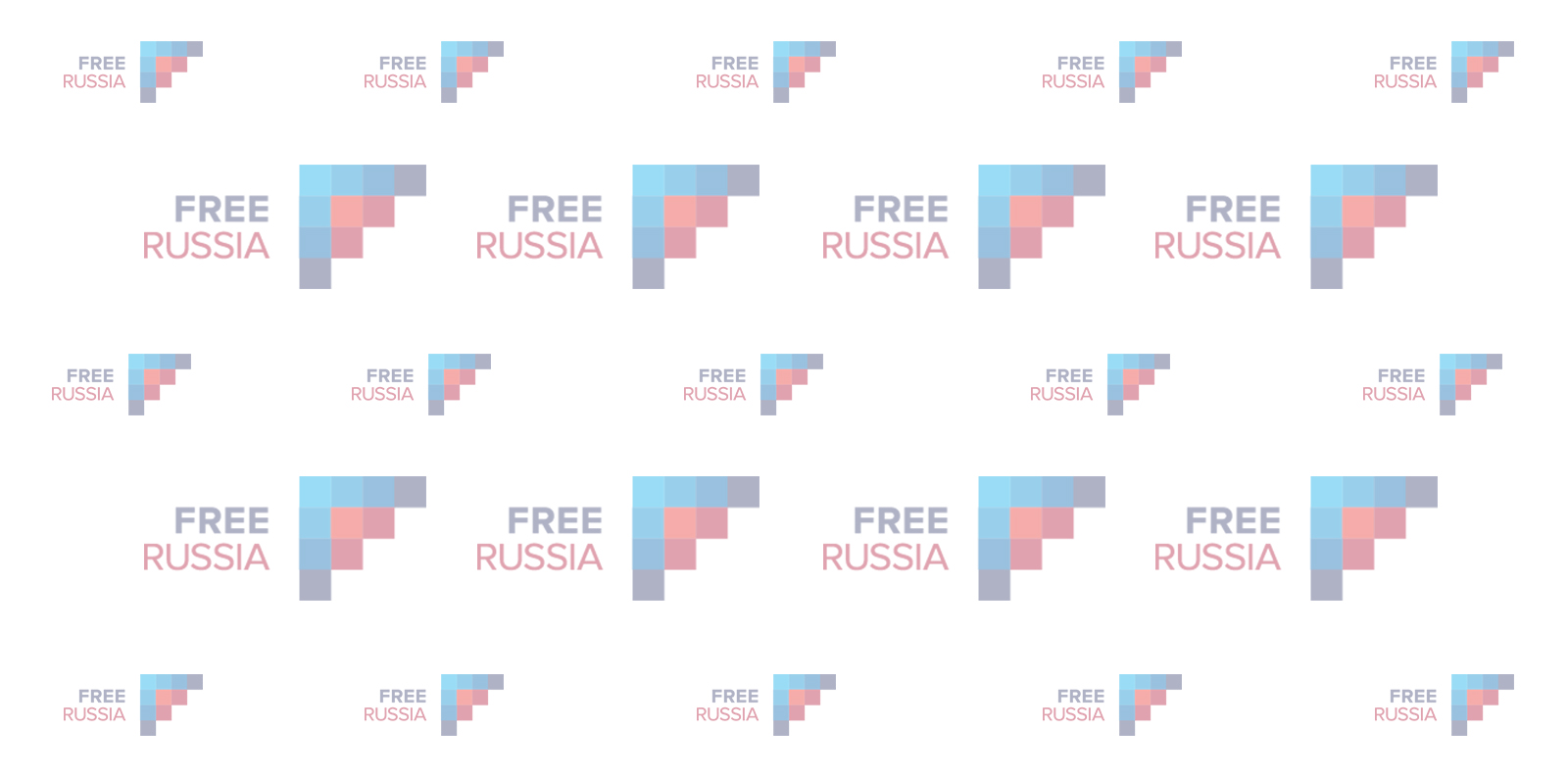This text is also available in Russian.
At Free Russia Foundation, we have identified the trend where various religious institutions, and especially the Russian Orthodox Church, have become a more prominent instrument of the Putin Regime domestically and globally. To examine this trend, we have initiated a research series focused on the role of religion in Russian politics. In this piece, you will find a reflection of what the gift of autocephaly to the Ukrainian Orthodox Church means to Russia and Ukraine written by Igor Knyazev, bishop at the Karelskaya Evangelical Lutheran Church.
The passionate turmoil surrounding the gift of Tomos of autocephaly to the Ukrainian Orthodox Church does not subside calmly. Dozens and hundreds of experts discuss the intricacies of the intrigue of the church clerical administrators as well as the casuistry of the canon law. Behind the backdrop of all of this discussion, one cannot see the life and aspirations of the ordinary folks – those believers and parishioners, in whose name, and on whose behalf all of the loud statements are being made, and for whose rights the hierarchs and the politicians are fighting.
However, the most important things in this conflict of interests, after all these are the interests, feelings, situations of these very ordinary folks – the believers, in this convoluted and intricate process of inter-church clerical struggle. While attempting to sort this situation out, I have discovered a great deal of new things for myself, took a look at it as though it was happening through the eyes of some ordinary believer. Over, and above it all, my personal experience has also played a significant part in my interest in this topic – I have departed from the Orthodox Church, as a result of my personal conflict between the faith and my personal point of view and beliefs. Many years ago, back in 1998, I was making a very difficult decision for myself: to stay within the fold of the church, which was proclaiming the slogans that are harming democracy for the people of Russia, the inadmissibility of a liberal political system, the harmfulness of the human rights and freedoms? Shall I stay and not give a flying fig about my point of view, after I would have decided that the faith is more precious to me? Or shall I depart the fold of the church?
To leave the church, to which I came as a young boy in 1977, the church that at that time was persecuted, trampled by each and every single one, the church nobody cared about, and the church that now has itself became a persecutor, after some twenty plus years. I have opted for the departure. I decided that my convictions and points of view, the values, the ideals are just as important as the faith was. I have become a Lutheran and even rose up to the episcopal rank. Nonetheless, all of what I have lived through then, twenty years ago is just as vividly alive in my soul and in my memories. Everything that I have gone through, every feeling I have experienced, as it seems to me, did help me to understand what the believers of the Ukrainian church are feeling in the present situation, and to mull it over in my mind for a while, reflecting on what it can result in for them.
Competitive environment
Before we transgress, or as it would be more accurate to say descend down to the level of individual understanding and the attitude of a person who is a believer to what is going on, let us briefly denote the state of the religious world in Ukraine with the dotted line, as well as those factors that are affecting the behavior of one of the main participants in the confrontation – the ROC MP.
As of today, the religious space of Ukraine includes five major church institutions: the Ukrainian Orthodox Church of the Moscow Patriarchate, the Ukrainian Orthodox Church of the Kyiv Patriarchate, the Ukrainian Apostolic Orthodox Church, the Ukrainian Greek – Catholic Church, and the structures of the Roman Catholic Church as well. One can hypothetically make another addition, and administer in another subject number six, namely a large Protestant community, which does not have a single unified center, nevertheless, it is visible in the religious domain of Ukraine, and it has some serious influence on what is happening in the country. All of these church clerical institutions have a regional distribution factor, and they are not evenly represented across the whole territory of the country (traditionally, the East of the country has the majority of parishioners of the UOC-MP, in the center of the country there are parishioners of the UOC-MP located, and the UOC – KP is approximately equally divided, in the West the parishes of the UOC-MP are smaller, moreover the Greek Catholics have a strong influence over there, etc.).
This situation creates quite a market similar to (hypothetically) the competitive environment, where there is not a single one – part present that would have a firm and overwhelming monopoly. No one can dominate solo, without having to unite with the others, no one can suppress his opponents simply on his own. In other words, all of the subjects are forced to take into account the strengths and the influence the other players and have to build their activities while keeping an eye on the potential opposition, represented by their competitors. Of course, this is very good for a religious situation in which the course of real competition for the believers makes the church work as efficiently and as actively as it is only possible in its preaching work, its social projects, and precludes the churches from such phenomena as the presence of the unchallenged power of hierarchs, despotism, and a high volume of church corruption.
It is also necessary to point out the fact that the general religious devoutness of the Ukrainian population runs very high, (it is also much superior to that level of the Russian population) that was present in here even during the Soviet period, and which also has experienced a strong influx of the believers, who are leading a church-going and strictly observant life according to the church portamentos after the collapse of the communist system. The presence of the priests representing all of the faiths and all the jurisdictions at the Ukrainian Maidan serves as an example of this equilibrium and a competitive religious environment.
That is why, for instance, the phenomena of the church clerical life that have no relevance for the believers in Russia, due to the lack of any available leverages of influence on the situation, and since they have always been traditionally perceived by them as “the games played up at the top, where the bosses will sort it out between each other, and so on and so forth,” in Ukraine have fundamental and important meanings for the believers, and they are taking place with their active participation ( because believers can influence the situations, right up to the point where they can “vote with their feet” ). A great deal of influence on the activation of these processes and the attitude of believers to the church was played by the Ukrainian Maidans, as well as by the full-fledged avid political life, where yet again due to the existing political competition in place, the citizens are taking an active part in it. This activation has come into being in the course and during the process of making a choice of the future pathway for the future national development, the path “towards the West,” or “towards the East,” the passage to Europe into democracy and market economy, or the choice towards the Russian authoritarian model of the state and its state – monopolistic model of economy.
This choice has consisted of both – the choice proper and the orientation of the church clerical models. Therefore, one has to say that the political and religious landscape of Ukraine is a very mobile space environment, where the processes of movement, consolidation, and the confrontation of several large entities at the same very time sans dead, frozen forms (as it is for example, in Russia) are constantly going on.
It is also important to note that in Russia if for instance all of the decisions of its political and public administration have been transferred to the federal level (to be more exact, all power is concentrated in the hands of one person – the President), and the decision on the replacement of the light bulbs in the entrance lobby, as well as the declaration of a war are the prerogatives of the federal government, then in Ukraine with its competitive environment a significant part of the public and political decisions is being made within the institutions of either direct, or participatory democracy. This explains the fact that Ukrainians perceive the questions of the church structure as the issues, which have a direct connection to each and every one of them and thus require their personal participation in the quest for the solutions.
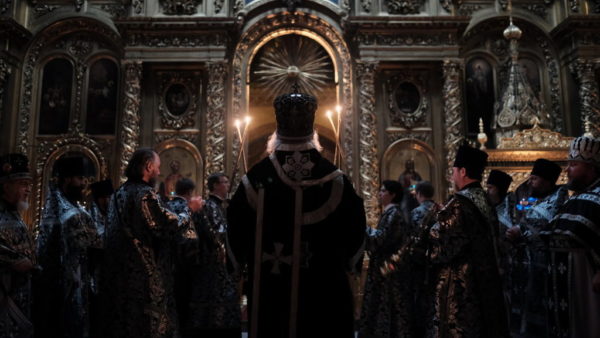
The fight surrounding the provision of Tomos has been going on for a long-term, and the fact that the outcome of this confrontation would determine the fate of the ROC MP, in its turn, gives an especially so fierce tone to the Church clerical – administrative confrontation created in Ukraine. The final outcome of this struggle will seriously first and foremost have an effect on the position of the Russian Orthodox Church within Russia proper, its relevance and the need for it among the Russian authorities. After all, if the outcome of this struggle is bad for Russia, then the pass way to the most unpredictable processes in the religious space will be opened within it. And the very fact that there are various scenarios in existence for the potential outcome of this struggle, the variety is undermining its position of a clerical monopoly within Russia, and seriously reduces its authority and influence in the external relations of the church. Since the very foundation, it relies upon as well as the main condition for its present existence in Russia is in its position of a monopoly, which is backed up and provided by the state. Therefore, in this case, the ROC MP is not just fighting not for Ukraine per se, but as a matter of fact, it is fighting for its own future in Russia.
The conflict between the faith and the convictions
Now, switching from the overview of the situation, let us try to comprehend what do the believers, the parishioners, and the church hierarchy representatives are feeling? Let us make an effort to sort out what creates the conflict between the faith and the convictions and what are the consequences for the man?
It is obvious that the result of such a conflict is a serious personal and social subdivision for an individual within himself as well as within the social medium in which he exists.
The first boundary of this subdivision is located inside the person himself, hypothetically, it could be drawn as follows: I believe in God and I love my church, but it stands on the opposite side of the war that came to my country, it blesses those who are fighting against me, it proclaims the slogans of nationalistic and imperial hegemony against the neighboring state. I can make attempts to hide behind words or statements about the fact that: “The Church is above this, that the Lord does not have anything to do with it,” etc., however, I do realize that it will not help me. And as a matter of fact, God does not have anything to do with it, nonetheless, the church is not only a spiritual incremental part, but it is a materialistic terrestrial institution, which is guided in its decisions by both – political and national interests. Thus, I must either agree with the position of my church that my country, the citizen and the patriot of which I am is not a real wholesome country, but it is rather some sort of political ersatz that has no right to exist, and therefore I either have to leave the fold of the church or to influence it in such a fashion that it would change its position. As a rule, there are a lot of caring people in the church among its regular and active parishioners, to whom all of these questions are not at all just some shallow phrases, these are the people, who are looking for answers, they are emphatic and not indifferent, these are the ones who create the entire atmosphere in the church. And it is because of their involvement in the church life and due to their active position on the issue that it becomes the conflict between the faith and personal convictions, and it is extremely difficult for them.
The second line of separation is happening already in the close inner circle of the believer, namely it is occurring primarily within his family, his relatives, and close friends. In there, the conflict of generations sets in to play its own role (the youth is being more radical and is not inclined to make any compromise, it does not accept the viewpoints of the elders, which consist of the following – “one has to endure sufferings, and perhaps only afterward make some kind of decisions.” Young people cannot withstand waiting, and they are not used to the anticipation, they make their choice today and that is why the conflict between the parents and their children on the issue of “their” and the “occupational” churches becomes a dividing borderline between the different generations of the same family, among the families, who had opted for different political choices (and, in this case, the church choice as well).
The third boundary line is in the subdivision running among the residents of different regions of the country (West vs. East), between various political groups (hypothetically the subdivision between the “pro – Russian,” and the “patriotic” citizens).
All of these three boundaries of subdivisions run within the society, creating multiple points of tension, interfering, and frequently tearing down and blocking the process of a civil formation of a nation.
Will these subdivisions be overcome, and, if so to what extent if any, will the Ambassador of Tomos get the autocephaly? In what way can this confrontation result for an ordinary believer? Let us make an effort to figure this out by examining two completely opposite versions of the development of events, which in my personal viewpoint, contain a significantly different probability.
“The Kremlin’s arguments”
Thus, let us examine the first version, which is being written a great deal about in Russia, or to be more correct, that one written about from the “pro-Kremlin” positions – namely, the gifting of Tomos leads to a sharp political stimulation of activity among the population, the struggle for the temples commences, clashes and physical confrontation among the parties begin, and a large-scale civic conflict flares up in the country. How very likely is this scenario to happen? I think that this probability is close to a zero point. There are several reasons for that. The first and the major one is the fact that for more than a quarter of a century Ukraine has existed in the conditions of its independence and sovereignty. This is the time frame sufficient enough for its citizens to have perceived themselves as one nation and to have learned how to resolve the internal contradictions without inflicting harm upon their country. By the way, the fiasco of the ideas of the “Russian world” and the failure of expectations for a mass exodus of the subjects of Ukraine from its federal union in the years of 2014 – 2015 are the most vivid confirmations of this theory. As of today, Ukraine is a nation in which the people who comprise it consider Ukraine to be their own country, treat it with responsibly, and they do not allow internal contradictions to rise up to the level of the national confrontation, and to threaten the sovereignty and the integrity of their country.
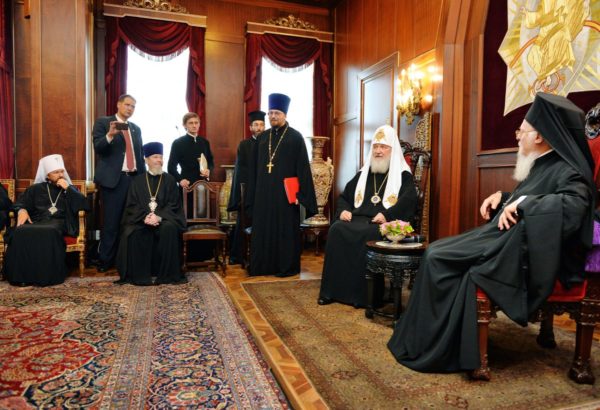
That is why there is no “devotion” and “love” to one patriarchy or the other in a place that could cause a deep crisis or a split within the nation. The expectations that in the wake of the euphoria stemming from the victory in getting the gift of Tomos the radical political sentiments will prevail, and that there will be the agenda with the theme of fighting with representatives of the ROC MP thrown in the midst of it. It also lives on only in the Russian – speaking propaganda space proper. No one sees any reason to do this inside Ukraine, and nobody witnesses such threats. In addition, the fact that the unification and the mutual integration of all the churches will continue to go on for a long period of time also serves as an insurance against such a potential development of the events. This a very complicated process and it will take years. All of this time will become the time of looking for compromises on the issues of distribution of administrative posts within the clergy and the distribution of the property. And, competitive political and clerical environment constitutes a sufficient enough insurance against any manifestations of any kind of dictatorial aspirations, or against the absolutization of clerical authority.
Compromise
Let us take into our consideration the second version, which, in my point of view seems to be the most plausible scenario for the future development of the events: the gift of Tomos would become the initiation of the process of building up a single unified Ukrainian Local Orthodox Church. Throughout the duration of this process, within some 3 – 4 years some mutual integration and unification of the clerical structures will take place, and, a compromise will be reached on the figure of the church’s leader (and possibly, given the chances he has Patriarch Filaret will become the Head of the Local Orthodox Church of Ukraine, so the factual figure of the next key leader will become relevant).
The hierarchs of the UOC – MP in Ukraine do realize that the possibility of their influencing the situation and implementing their goals and interests in real life for them will be opened only through the venue of their participation in the process. In other words, if you wish to have another figure in the place of the Patriarch, then in order for this to be a possibility for you, at the very least you would need to become a part of this church. That is why a significant portion of them will transfer rather quickly and on good terms into the structures of the new Orthodox Church of Ukraine.
At the very same time, most probably some part of the UOC – MP will refuse to become a part of the unified Orthodox Church and will continue to exist in the structural form of the metropolitan area of the Russian Orthodox Church on the territory of Ukraine with its parishes, mainly in the East of the country. It is unlikely that this will become a significant enough factor for the aggravation of the situation and for any civil confrontation. And, on top of it all, having taken into consideration the political choice of Ukraine, as well as its confident way chosen towards the West, this clerical metropolis would not be able to exercise any kind of influence over the Ukrainian processes in the future. One can also make an assumption with a high degree of a certain probability that the changes in the legislation that will follow the acquisition of Tomos might strip the structure of the UOC – MP (ROC MP) in Ukraine of its traditional name. During such periods of transition, as a rule, the legal constructions cancel out the emergencies of two various religious entities with the same shared name, or a duplicated one. That is why, it most likely that the status of the “Ukrainian Orthodox Church” will be assimilated by a new unified Ukrainian church, and the structures of the Moscow Patriarchate, which have retained their presence on the territory of Ukraine, would receive the name of a “Metropolitan Church in Ukraine, etc.”. To a certain degree, the stabilizing factor in these processes would be the substantial presence of the Catholics, the Greek Catholics, as well as a large Protestant community in place.
While making conclusions, we can state that it is most likely that the end of the struggle for autocephaly will become the beginning of a new civil and religious state creation for Ukraine. The integration and unification of the clerical structures would eliminate the divides among the communities, and, it would also provide an individual with an opportunity of being both: a religious believer, a faithful son of his Church, as well as a patriot, without raising a conflict in his inner self and within his social circle.
This will serve as a factor bringing the society closer together and consolidating it in order to increase the level of matureness of the civic nation. Putting an end to this struggle will affect favorably the content of the work of the clerical institutions, and their agenda as well.
The church would need to create a new content for its work after the victory, and of course during the state of euphoria, that would follow next (in this instance, a very brief one) by moving from the fight for choosing the pathway to the ordinary church services, which are having to do with the social and soul guardianship care work. In other words, the most important beginnings are yet to come after the victory, and the main thing will commence – the work that the Church is called upon. And, it is this work that opens up a completely new space for the competition over the believers. The joy of victory will subside quickly, and it would be necessary to provide the answers to the society having to do with the issues of bad, or in general, non – existent social guarantees, the fight against corruption and the theft, for the social justice. The dragged – out struggle blocks the factual relevance of all these issues, but after the victory is achieved and after obtaining of Tomos, a short triumph will be invisible against the backdrop of the church’s submerging into the daily agenda of its clerical services in the country, which is pegged by a bunch of economic and social problems. At the end of the day, the completion of this process along with the creation of a single unified Ukrainian Local Orthodox Church would have the most positive and salutiferous effect, first and foremost, upon the lives of the ordinary religious believers, parishioners and the members of the communities, who thus far as of today still do belong to different jurisdictions.

